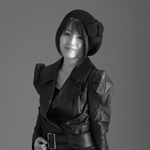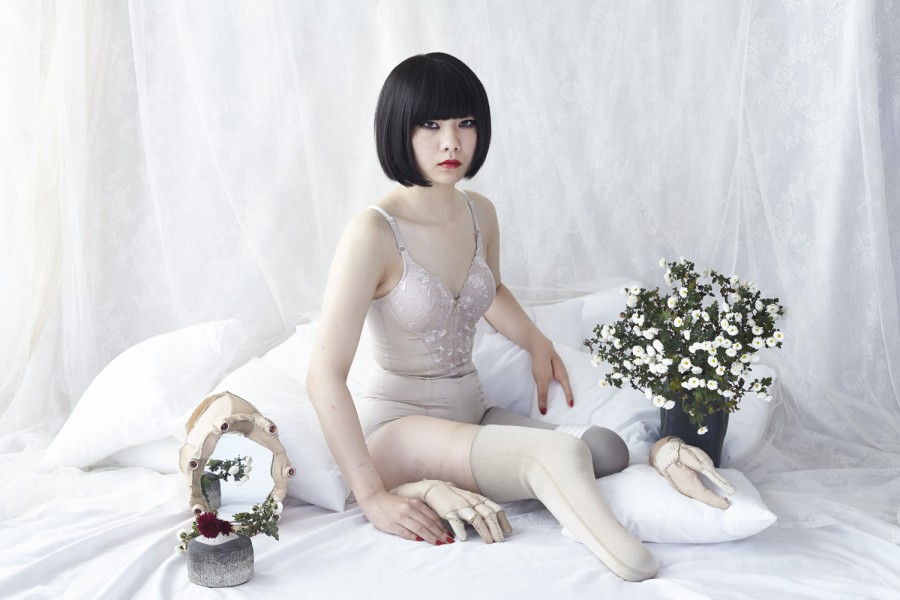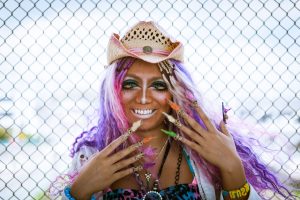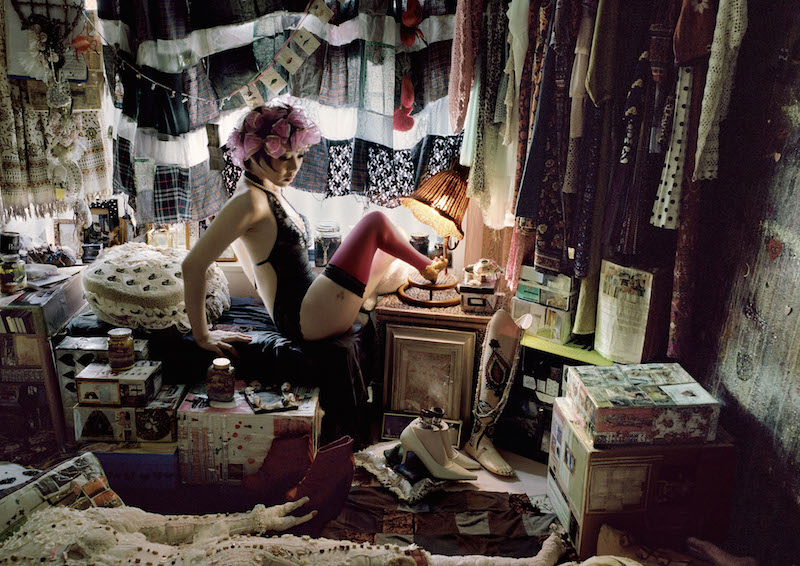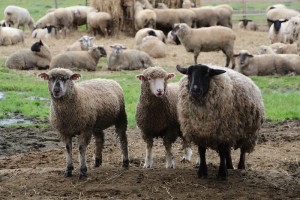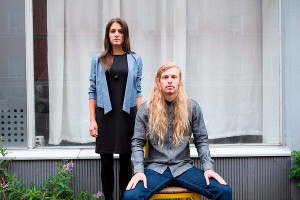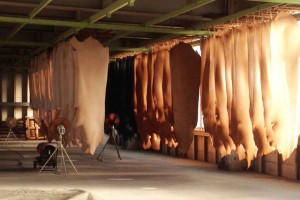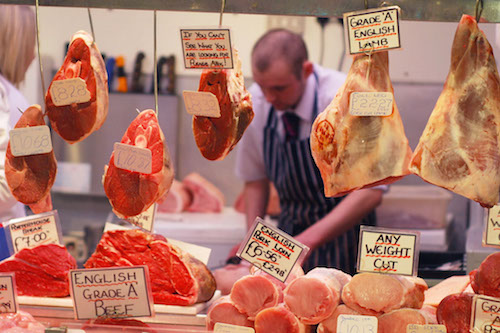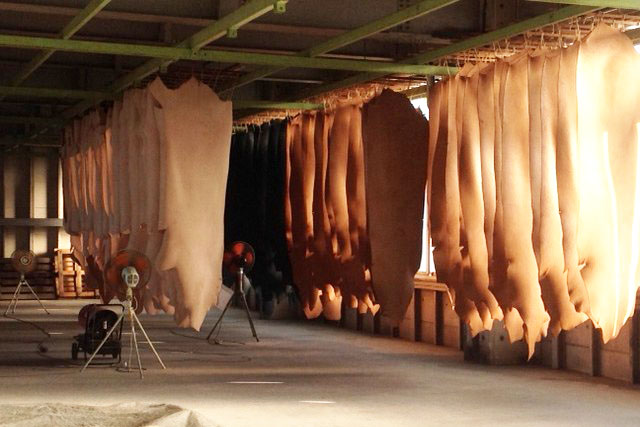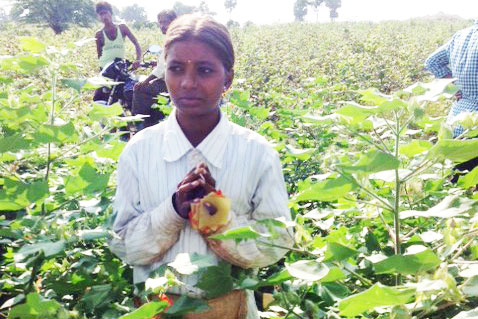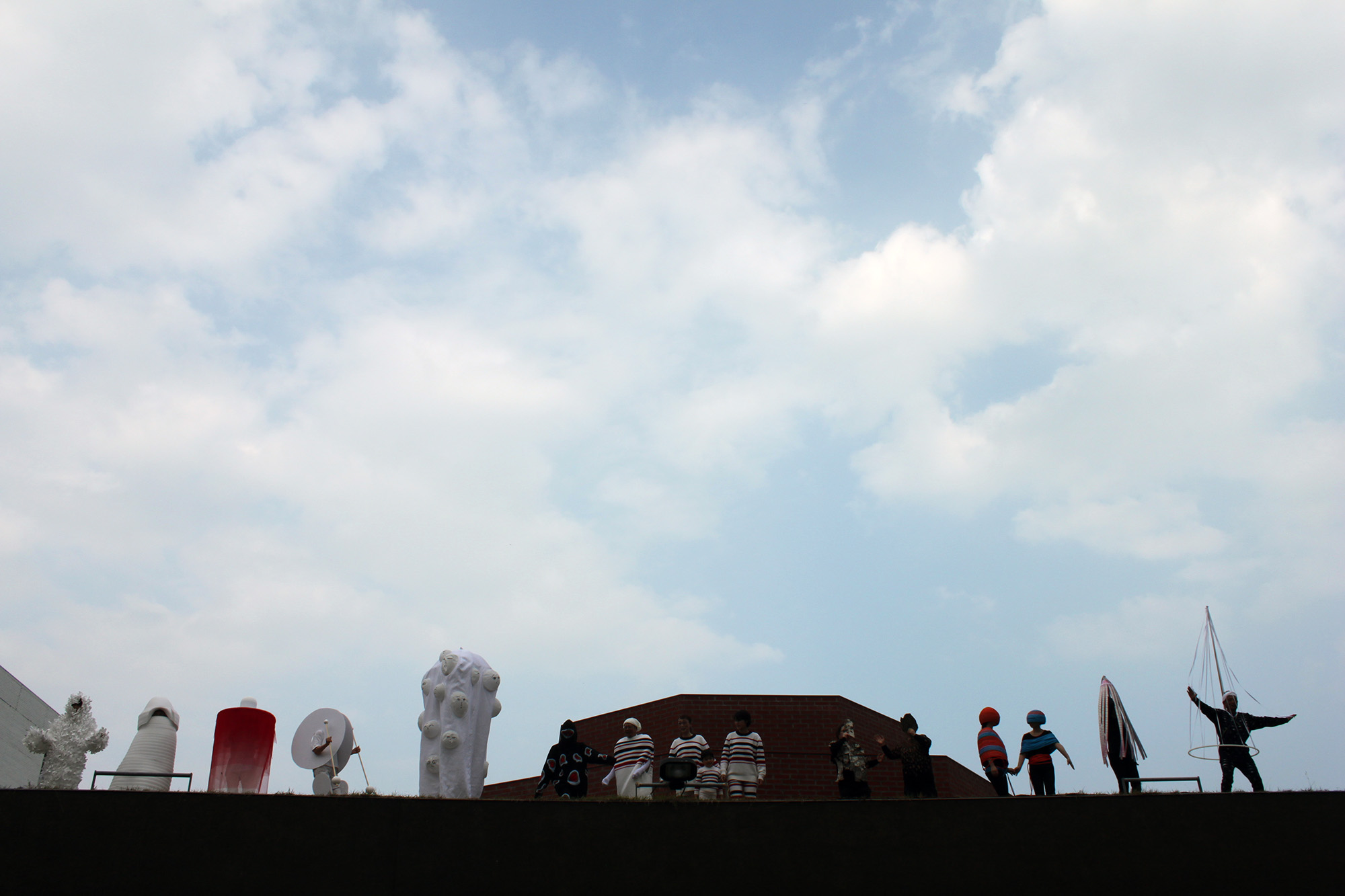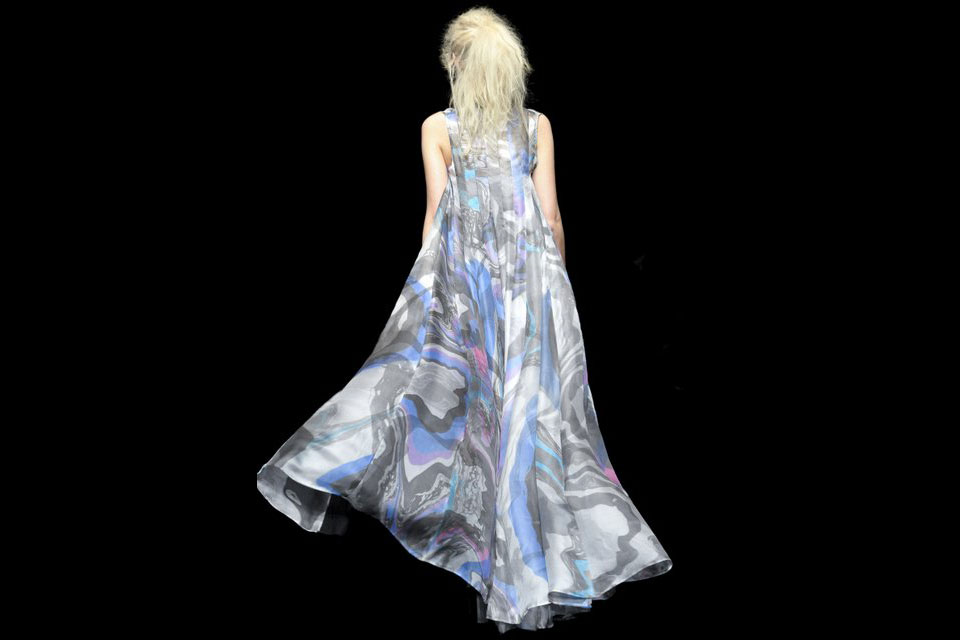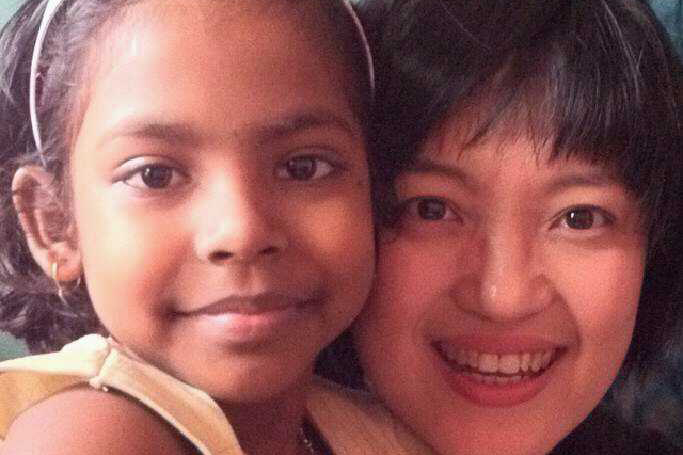One of the most essential tasks for designers is to choose the right material to transform the drawing into real clothes. In the case of yarns alone, there are numerous types, varying in thickness, texture, and colors. I know many designers who are inspired by yarns to come up with new designs.
I myself am not that kind of designer, but I pay great attention when choosing yarns. The final product will always have a different look depending on which yarn I choose. What is more, in the case of knitting yarn, it must be compatible with the knitting machine; so it is also important to choose the right yarn according to the kind of machine that is to be used.
Again, it is very important for designers to choose the right material, but as a designer I find it difficult to realize fashion that is ethical in this respect.
Thickness, Textures, Shapes: Each Yarn is Original
There are two broad types of yarns; worsted and woolen. Worsted yarns are made of carded long filament, while woolen yarns are made by spinning short filament. When knitted, worsted yarn creates smooth and cool textures, whereas woolen yarn creates rather bulky, warm textures. Of course, there are worsted yarns that are suitable for bulky cowichan sweaters and vice versa.
In addition, designers look for yarns with the right count. I regularly use more than ten types of yarn count. As well as the count, there are countless textures and shapes. There are flatted yarns, slub yarns with an uneven thickness, and nep yarns with small knots embedded in them. There are yarns with a shiny look, yarns with a slimy look, yarns with a soft look, and yarns with a spongy look. You can just find a lot!
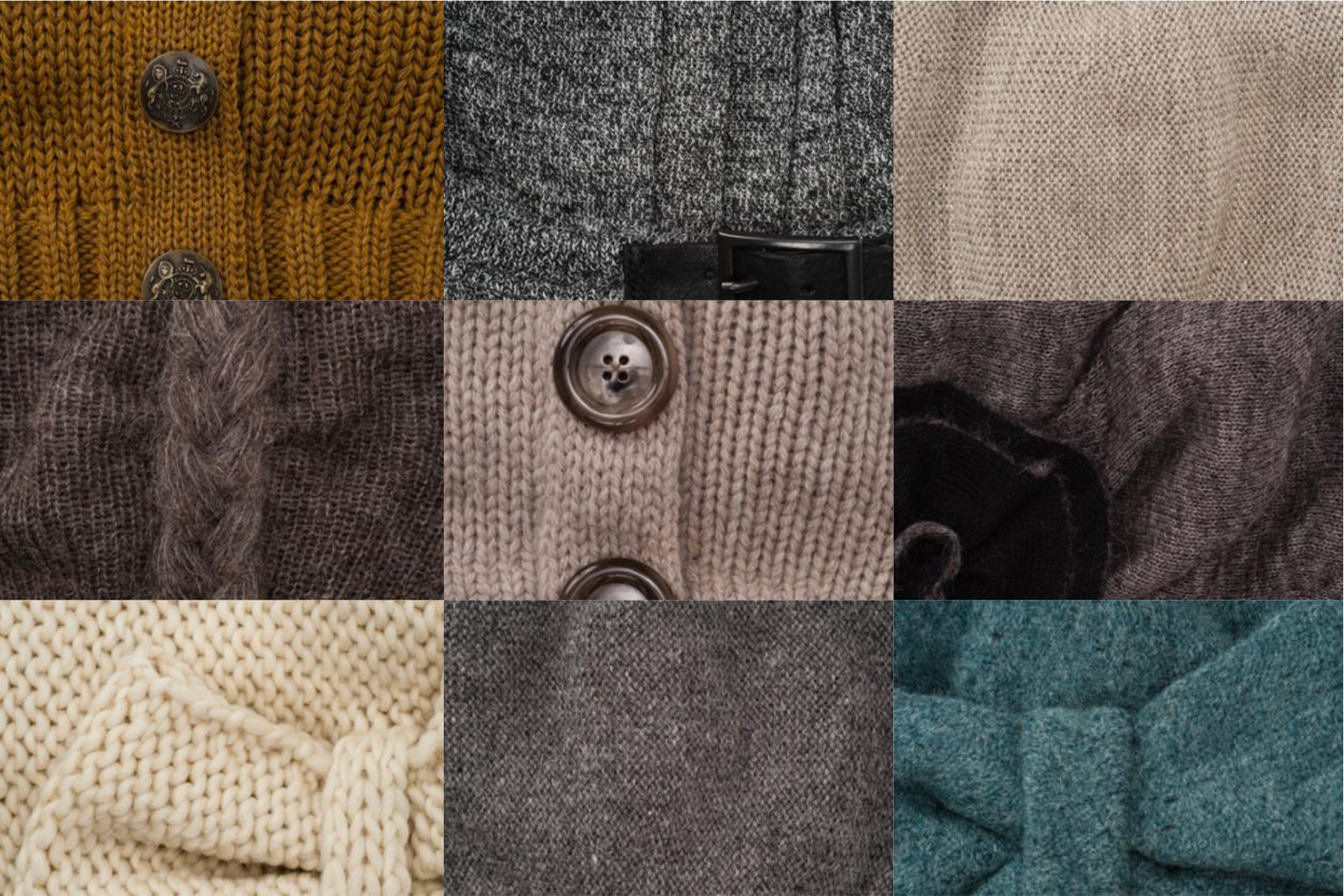
Varieties of Yarns used in “ami-tsumuli” 2013AW Collection
Limited Ethical Materials: Limited Expressions
Normally, you have a hard time choosing the right yarn from countless choices. But when creating ethical fashion, you have a hard time finding any choice at all. This is because spinning companies must manufacture in large bulk; there is not enough demand for ethical materials to allow for bulk manufacture.
I have so far created knitted items using organic cotton and organic wool, but there was rarely a choice. I tried to make a difference in a look by trying out ideas. Sometimes I knitted together a lame yarn, and sometimes I made a bun with several yarns to create a loose look. I’ve tried many ideas to realize the design, but it was still just not enough.
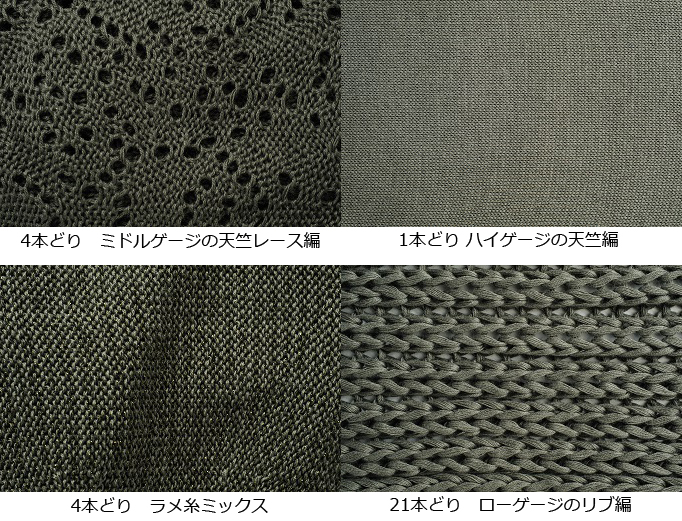
Varieties of Expressions made by same organic cotton yarn (from “ami-tsumuli white label,” Wearing Roses Collection
Ethical Materials are Limited in Colors
Because there is little demand for ethical materials, we designers face a similar difficulty when looking for a color. Most of the yarn companies stock ethical materials without coloring. Therefore, customers have to look for a coloring company and order it themselves. However, even in the case of the color, you are required to order in bulk. A minimum bulk order is usually 2-5kg, but coloring under 10kg is rather expensive compared to a normal bulk order. It is risky for small brands to color in bulk as they always face the risk that the item might not sell well.
As an example, let me share the story of when I tried to acquire original colored yarn. With my brand “ami-tsumuli,” we use a lot of top dyed basic colors such as greys and beiges. Top dyed yarns have abstract shades and offer deep impressions. To realize the same impression with ethical yarns, we have to dye the yarns. However, a minimum of 150kg bulk is required. If we calculate, this means a quantity of 1500 hats of the same color. Since we do not have the capacity to hold this amount of stock, we are currently unable to manufacture ethical hats.
The Fun of Making the Impossible Possible… within Limits
One of the fun aspects of creation is experimenting and finding answers within the limits of the materials. However, as designers, it is also very important to express and realize the imagination that arises in us. If we are unable to express our creativity through sticking too rigidly to ethical materials, we might let our customers down. The customers are fans of our creativity. If they are not allured by the design, they will not make a purchase and we will carry a meaningless stock. And this creates another environmental impact.
Each One of the Players Must Change
I have been noticing a change occurring that started with just one person. To broaden this change to more people, we need a strong belief and we must continue to appeal. To do so, of course, there is a cost, and we need profits as a company to pay for that cost. Ethical fashion cannot be realized with just passion. Fashion is business.
I have created the ethical collection “ami-tsumuli white label” with my brand. At the same time, I have created designs for my original collection, where I do not stick to the ethical so much. I need to continue these designs in order not only to create a budget to make the ethical collection bigger but also to express my creativity.
The apparel industry is built upon a very long supply chain with numerous players. Even for one simple cotton T-shirt, there are distributors of cotton seeds and fertilizers, farmers, processing companies of raw cottons, spinning companies, coloring companies, yarn distributors, textile manufacturers, trading companies for textiles, merchandisers in fashion brands, designers, modelists, garment factories, buyers, shop staff, and finally the consumers.
This is not all. I could easily come up with more players. Therefore, in creating ethical fashion, just one designer alone is powerless to make changes. Each player in this supply chain must change if we are to overcome the difficulties that prevent us from creating ethical fashion on a normal basis. One day, all players in this supply chain will have shifted to ethical ways. That is, I believe, when “luxury,” as I define it, will come to pass.

